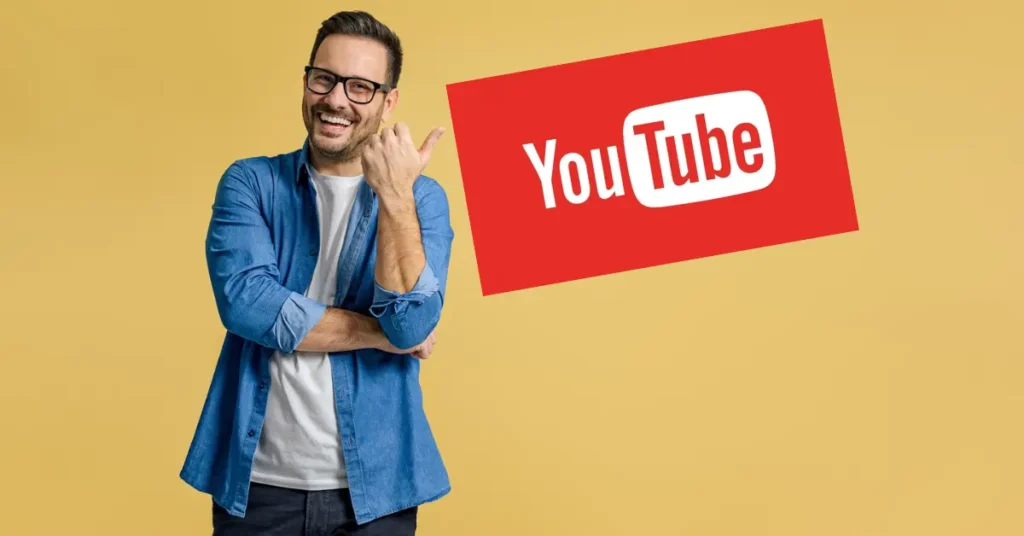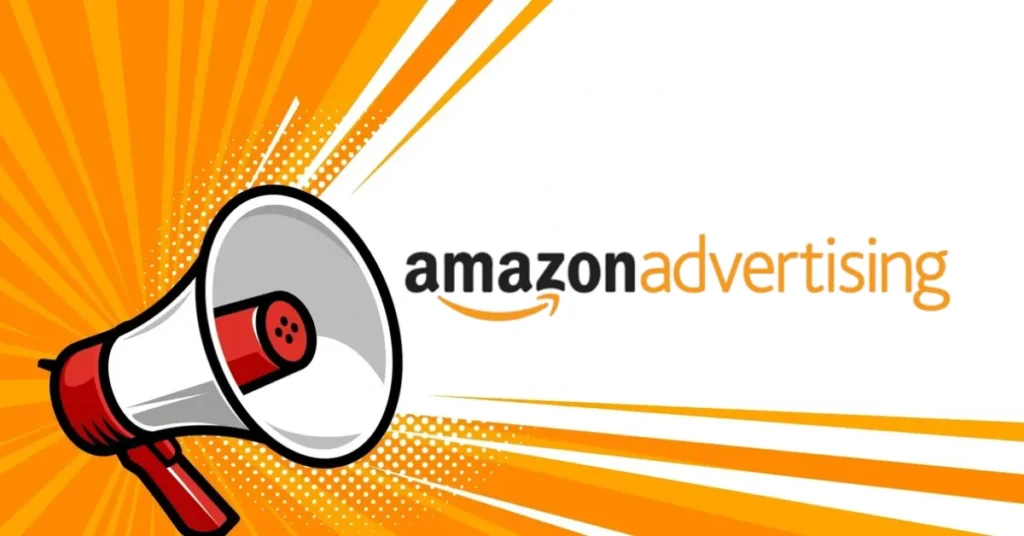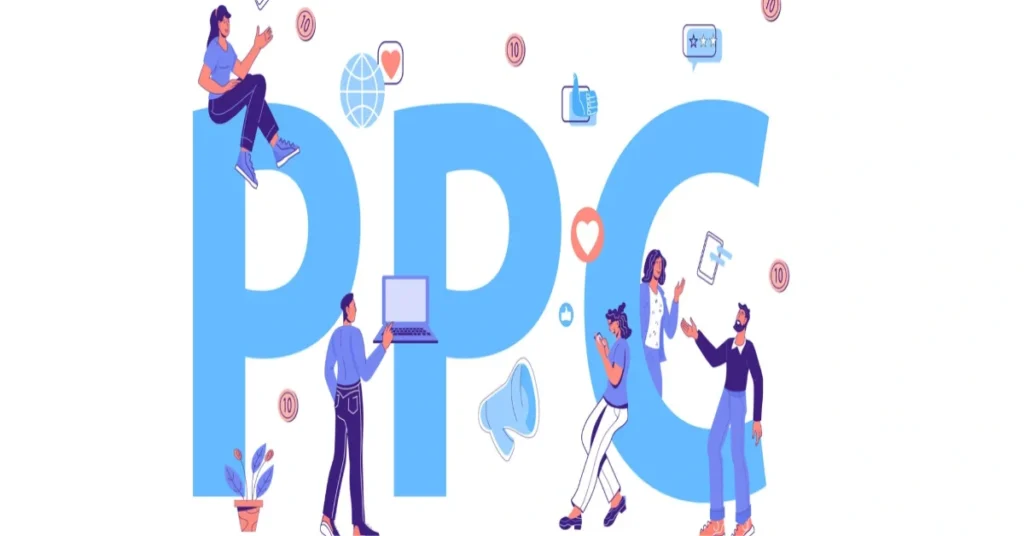Introduction
I want to discuss something crucial for anyone trying to gain online visibility: YouTube paid promotion. If you have a video, a channel, or even a business, getting your content seen is the first step to success. Organic reach is a dream, but in today’s busy world, paid promotion is often your fast track. It’s how you reach the right people, grow your audience, and hit your goals faster. This guide will walk you through everything, making sure you get the most from every dollar you spend.
Understanding Your Options: Ways to Promote on YouTube
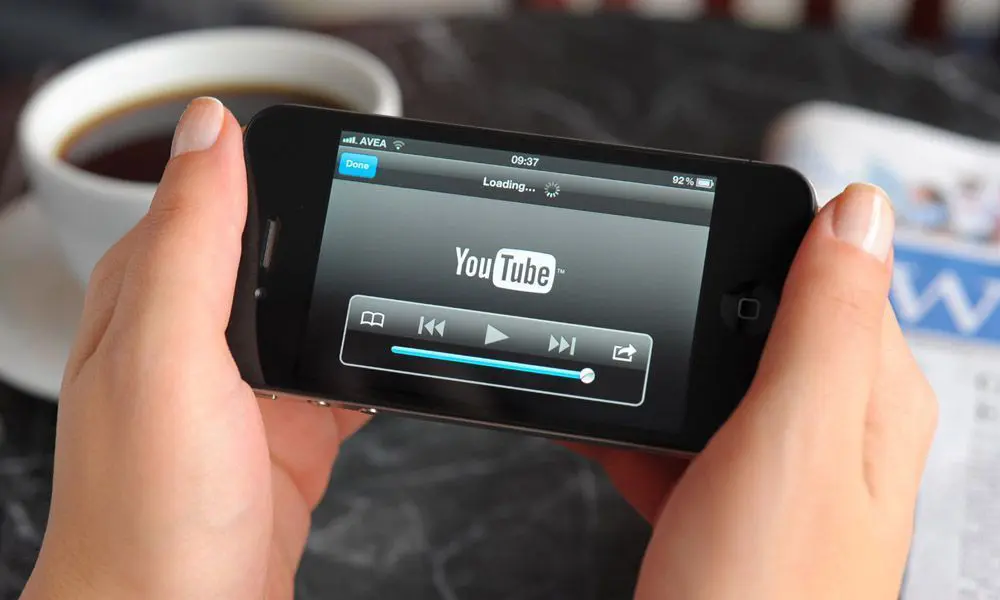
Paid promotion on YouTube isn’t a one-size-fits-all solution. Google Ads powers most direct promotions. It offers several ways to get your videos in front of potential viewers. Each type serves a different purpose.
Google Ads for YouTube: Your Main Tool
Google Ads is where you control your YouTube advertising. You can choose from various ad formats. According to the Google Ads help center, the video ads format is:
Google Ads Campaign Types: Google Ads offers various campaign types, including Search, Display, Video, Shopping, App, Smart, Local, and Discovery campaigns, each tailored to specific marketing goals.
Choosing a Campaign: The ideal campaign type depends on the business goals, such as driving traffic, increasing sales, or promoting brand awareness.
Features & Benefits: Google Ads provides flexibility in targeting, detailed performance tracking, and machine learning-based automation to optimize results with minimal effort.
- Skippable In-Stream Ads: These ads play before, during, or after other videos. Viewers can skip them after five seconds.
- Why use them? They are great for building brand awareness or driving traffic to your website. You only pay if someone watches for 30 seconds or clicks your ad.
- Think about it: You can target specific groups. You show your ads to people based on their interests or what videos they watch.
- Non-Skippable In-Stream Ads: These ads are shorter, usually 15 to 20 seconds. Viewers cannot skip them.
- Why use them? They deliver a strong, unmissable brand message. They work well for product launches or important announcements.
- A thought: Viewers must watch the whole ad. Make your message clear and concise.
- In-Feed Video Ads (Formerly Discovery Ads): These ads appear where people are searching for videos. They show up in search results, next to related videos, or on the YouTube homepage.
- Why use them? They are perfect for driving views and growing your subscriber count. They invite viewers to click and watch.
- Tip: Your thumbnail and title must grab attention. They are like mini-billboards.
- Bumper Ads: These ads are just six seconds long. Viewers cannot skip them.
- Why use them? They are short and punchy. They help with brand recall. Think of them as quick, memorable brand reminders.
- Outstream Ads: These ads play on partner websites and apps, not on YouTube itself. They are mobile-only.
- Why use them? They extend your reach beyond YouTube. They help you find new audiences.
- TrueView for Action/Shopping: These ads go beyond just views. They add direct calls to action or product feeds.
- Why use them? They are powerful for e-commerce. You can show products directly in your ad. Viewers can click to buy.
- Consider this: Setting up product feeds from your online store is key. This links your ad to your actual products. It’s like having a mini-store right inside your ad. This is a game-changer for converting viewers into buyers.
- YouTube Shorts Ads: YouTube Shorts are short, vertical videos. Now, ads can appear within the Shorts feed.
- Why use them? They tap into the massive Shorts audience. They offer a fast way to reach mobile-first viewers.
- Key aspects: Create vertical videos. Make them engaging right away. Use trending sounds where appropriate. Google Ads offers tools to help you manage these short-form campaigns. It’s a newer frontier, offering exciting possibilities for quick brand messages or product highlights.
Beyond Google Ads: Other Promotion Avenues
While Google Ads is your primary tool, other options exist.
- Third-Party YouTube Promotion Services: Many companies offer to manage your YouTube ad campaigns. They might help with strategy, targeting, and ad creation.
- A word of caution: Be careful when choosing a service. Some promise “millions of views” but deliver low-quality or fake engagement. Look for reviews and case studies. Ask how they ensure real views and engagement. This is crucial for maintaining your channel’s health.
- Influencer Marketing/Sponsorships: This involves paying a creator to promote your content or product. It’s a powerful way to reach an established audience. It differs from direct advertising but complements your paid promotion efforts.
Preparing for Your Campaign: The Essentials
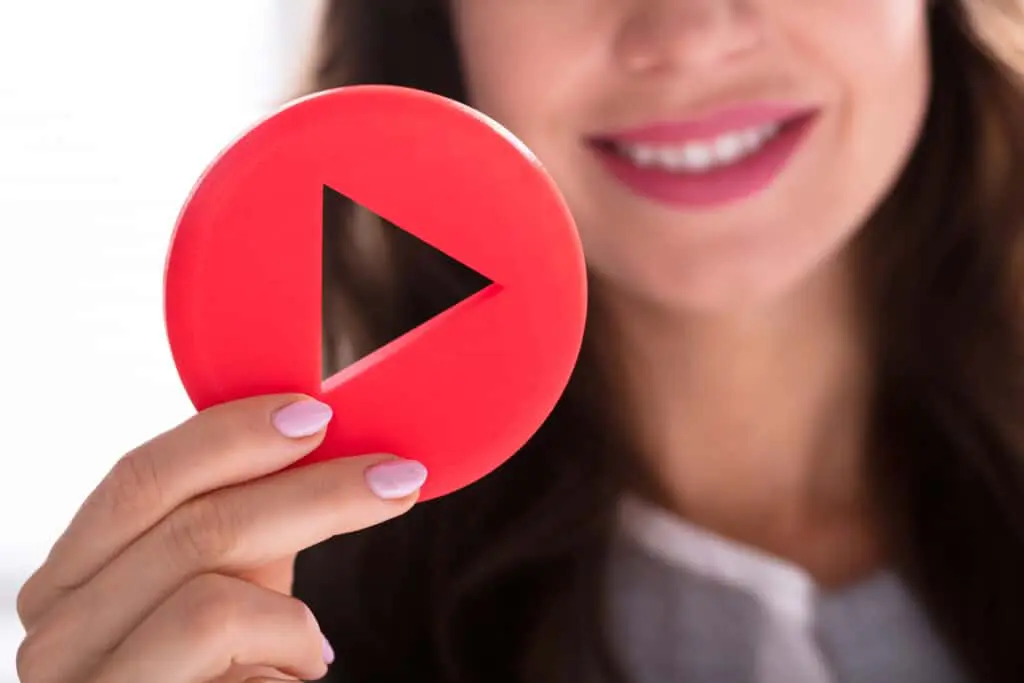
Before you spend a single dollar on YouTube paid promotion, you need a solid plan. Thinking through these steps will save you money and headaches.
Define Your Goal
What do you want your ads to achieve?
- Do you want more views?
- Are you chasing subscribers?
- Do you want people to visit your website, sign up for a newsletter, or buy a product?
- Is it about getting your brand name out there? Your goal guides every decision you make.
Know Your Audience: The US Focus
Who are you trying to reach? This is incredibly important.
- Demographics: Age, gender, where they live (specific US states, cities, even zip codes).
- Interests: What do they like? What are their hobbies?
- Behaviors: What videos do they watch? What do they search for on Google?
- A deep dive: Google’s audience segments are powerful tools. You can target people based on custom intent. This means showing your ads to people who searched for specific keywords related to your product. You can also target “in-market” audiences – people actively researching products or services like yours. For example, if you sell hiking gear, you can target individuals in the US who are actively seeking camping equipment. This precision makes your YouTube paid promotion much more effective.
Craft Compelling Video Content
Your ad creative is king. A great ad makes people want to watch and click.
- Ad creative best practices: Use the ABCD framework:
- Attract: Grab attention in the first few seconds.
- Brand: Show your brand early and often.
- Connect: Build an emotional connection.
- Direct: Tell viewers what to do next.
- Video length: Keep skippable ads engaging. Bumper ads must be 6 seconds or less. Non-skippable ads need a strong, concise message.
- Strong calls-to-action (CTAs): Tell viewers exactly what to do. “Subscribe now,” “Shop here,” “Learn more.” Make it clear and easy.
Setting Up Your YouTube Paid Promotion Campaign: A Step-by-Step Guide

Now, let’s get into the technical details of setting up your campaign in Google Ads.
Google Ads Campaign Setup: In-Depth Strategies
According to the WordStream article The top Google Ads Trends for 2025, published on April 17, 2025, Google Ads in 2025 will be dominated by AI and automation, driving smarter campaigns, creative generation, and bidding strategies like Performance Max (PMax) and Demand Gen.
The industry is shifting towards first-party data and privacy-centric approaches, necessitating strong customer relationships and adherence to consent modes as third-party cookies phase out.
Expect evolving keyword strategies, emphasizing user intent over exact matches, with increased reliance on broad match and sophisticated semantic understanding.
Rising ad costs underscore the need for intense ROI focus, conversion rate optimization (CRO), and data-driven attribution to maximize efficiency.
Finally, Google is pushing for highly personalized, immersive, and visually rich ad experiences, leveraging AI to tailor content and engage users across platforms. This is where you bring your plan to life. For local businesses considering targeted campaigns, I’ve also written about Google Advertising Cost for Business in Portland, Oregon, offering specific insights into how local market dynamics can influence your budget and strategy.
- Link YouTube Channel to Google Ads: This is the first step. It connects your videos to your advertising account.
- Campaign Creation Walkthrough:
- Choose your campaign goal. This tells Google Ads what you want to achieve. Options include sales, leads, website traffic, or brand awareness.
- Select “Video” as your campaign type.
- Budgeting & Bidding Strategies:
- Cost Per View (CPV), Cost Per Mille (CPM), Cost Per Action (CPA): Understand these terms. CPV is what you pay per view. CPM is cost per thousand impressions. CPA is cost per action (like a conversion).
- Advanced bidding: This is where you can get smart.
- Target CPA: You tell Google Ads your ideal cost per conversion. The system then tries to get you as many conversions as possible within that target.
- Maximize Conversions: Google Ads tries to get you the most conversions possible within your budget.
- Target ROAS (Return On Ad Spend): This is for e-commerce. You tell Google Ads your desired return on ad spend. It then optimizes for sales.
- Budgeting for small businesses: You don’t need a huge budget to start. Many businesses begin with $10 to $20 a day. A typical small to medium business in the US might spend $500 to $5,000 per month. Start small, test, and then increase your budget as you see results. This cautious approach helps you learn what works without breaking the bank. To understand more about budget considerations and how far your daily spend can go, I’ve previously explored whether a $10 a day budget is enough for Google Ads in a dedicated article. That piece offers further insights into managing ad spend across different Google platforms, including how these principles might apply to your YouTube campaigns.
- Targeting Deep Dive: This is where you find your ideal audience.
- Location: Target specific US states, cities, or even zip codes. This is vital for local businesses.
- Demographics: Target based on age, gender, parental status, or household income.
- Audiences:
- Affinity audiences: People with strong interests in certain topics (e.g., “avid runners”).
- In-market audiences: People actively researching products or services (e.g., “people looking for new cars”).
- Custom segments: Create your own audiences. You can use keywords they search for, URLs they visit, or apps they use. This is powerful for finding very specific groups.
- Remarketing: Show ads to people who have already interacted with your YouTube channel or website. They already know you!
- Placements: Choose specific YouTube channels, videos, or websites where you want your ads to appear.
- Negative Placements/Keywords: This saves you money. Exclude channels or search irrelevant terms. For example, if you sell high-end watches, you might exclude channels about cheap knock-offs.
- Ad Group & Ad Creation:
- Upload your video ads.
- Write clear headlines and descriptions.
- Add your website link (final URL) and what appears as the display URL.
- Use ad extensions, like sitelinks, to direct viewers to specific pages on your website.
Integrating Paid Promotion with Organic Strategy
Paid and organic efforts work best together. Paid views can give your videos an initial push. This signals to YouTube that your content is valuable. This can then boost your organic reach. Always optimize your videos for SEO with good titles, descriptions, and tags. This helps both paid and organic discovery.
Measuring Success & Optimizing Your Campaigns: Focus on Return

Running ads without tracking results is like throwing money into the wind. You need to know what’s working and what’s not.
Key Performance Indicators (KPIs) for YouTube Paid Promotion
These are the numbers that matter:
- Views, Watch Time, Impressions: How many people saw your ad and how long they watched.
- Click-Through Rate (CTR): The percentage of people who clicked your ad after seeing it.
- Cost Per View (CPV), Cost Per Mille (CPM): How much you’re paying for each view or thousand impressions.
- Subscribers Gained: Are your ads bringing in new followers?
- Website Clicks, Leads, Conversions, and Sales: These are crucial. If your goal is to make money, you need to track these actions.
Google Ads Reporting & Analytics
Google Ads provides powerful reporting tools.
- Navigate the interface: Get familiar with your dashboard.
- Customize reports: Focus on the metrics most important to your goals.
- Conversion tracking: This is essential for sales or lead generation. Set up conversion tracking in Google Ads. If you use Shopify, link the Google & YouTube app. For other websites, use the Google tag. This tells you exactly when an ad leads to a valuable action.
- Attribution models: Understand how Google credits conversions. Did a user click your ad and buy right away? Or did they see your ad, then come back later through another channel?
Optimization Strategies: Continuous Improvement
Your first campaign probably won’t be perfect. That’s okay. The key is to refine it.
- A/B test: Try different ad creatives, headlines, and calls to action. See which performs best.
- Adjust bids: If an ad group is performing well, consider increasing its bid. If it’s performing poorly, lower the bid or pause it.
- Refine audience targeting: Look at your data. Which audience segments are responding best? Double down on those. Exclude those that aren’t.
- Analyze watch time and retention: If people are clicking but not watching your whole ad, your creative might need work.
- Advanced ROI strategies: Look at seasonal trends. Are there times of the year when your audience is more active or likely to buy? Analyze what your competitors are doing. Can you find better ways to reach your shared audience? Focusing on these details can significantly boost your return on investment.
Real-World Success Stories: US Businesses and Creators
I’ve seen firsthand how effective smart YouTube paid promotion can be.
- E-commerce success: Imagine a US-based clothing brand. They used TrueView for Shopping ads. They spent $1,000 on ads, targeting young adults in major US cities interested in sustainable fashion. They linked their product catalog directly. The result? They saw a 150% return on ad spend within a month, generating $2,500 in direct sales from their ads. Their key learning? High-quality product videos are essential.
- Creator growth: A local artist based in Austin, Texas, wanted more subscribers. They spent just $500 on in-feed video ads, targeting art enthusiasts in their region. They got 500 new subscribers, boosting their channel by 10%. They learned that engaging thumbnails and a strong “subscribe” call to action worked wonders. These are just examples, but they show the potential when you apply a thoughtful approach.
Legal & Ethical Considerations for US Marketers

When you engage in YouTube paid promotion, you must play by the rules. This ensures trust with your audience and avoids legal trouble.
FTC Disclosure Requirements: Clarity and Honesty
The Federal Trade Commission (FTC) in the US has clear rules. If you get paid to promote something, you must disclose it.
- When to disclose: If there’s a “material connection” between you and the advertiser. This means money, free products, or any benefit.
- How to disclose: It must be clear and conspicuous.
- In-video: Verbally state it (e.g., “This video is sponsored by X”). Add a written disclosure on screen.
- Description: Place it at the top of your video description (e.g., “#ad” or “#sponsored”).
- YouTube’s tools: Use YouTube’s “Paid promotion” disclosure feature in YouTube Studio. This adds a text overlay to your video.
- Specific language: Avoid vague terms. Use “sponsored,” “advertisement,” or “paid promotion.”
- Consequences: Failure to disclose can lead to fines and legal action. This applies to both creators and the businesses paying for the promotion. Be transparent. It builds trust.
YouTube’s Ad Policies
YouTube has its own rules about what kind of content can be advertised.
- Content restrictions: They prohibit ads for mature content, firearms, gambling, or hateful content.
- Misleading practices: Ads must be honest. Don’t make false claims or deceptive promises.
Data Privacy
Be aware of general data privacy laws. While Google Ads handles much of this, understanding that user data is protected is important.
Common Mistakes to Avoid
Even with the best intentions, errors happen. Learn from these common pitfalls.
- No clear goals: Without a target, you won’t know if you hit it.
- Poorly targeted ads: Showing ads to the wrong people wastes money.
- Low-quality ad creatives: A bad video won’t get results, no matter how good your targeting.
- Ignoring analytics: If you don’t check your data, you can’t improve.
- Failing to disclose: This can lead to serious legal problems.
- Using questionable services: Avoid services that promise instant, massive views. They often deliver bots, which can hurt your channel’s reputation.
Conclusion: Maximizing Your YouTube Potential with Paid Promotion
YouTube paid promotion is a powerful tool. It helps you stand out in a crowded space. By understanding the different ad types, knowing your audience, and continually optimizing your campaigns, you can achieve remarkable growth. Remember to always be transparent and follow the rules. Start small, test often, and watch your YouTube presence soar.

